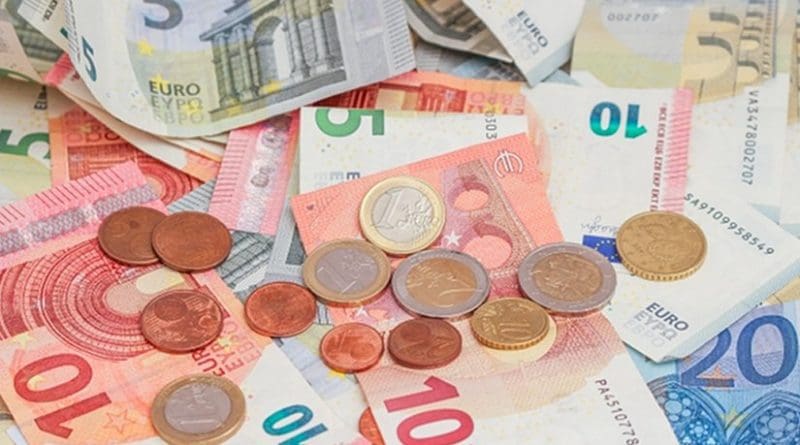Spain’s State Deficit Shrinks To 1.14% Of GDP In First Half-Year
Spain’s Ministry of the Treasury and Public Function published on its website Friday the figures for the State deficit of the month of June, together with the combined deficit of the Central Government, Autonomous Regions and Social Security for May, stated in national accounting terms.
In the period January-June, the State posted a deficit of 13.25 billion euros, 38.4% less than in the first half-year of 2016. In GDP terms, the State deficit was equivalent to 1.14%, 0.79 percentage points less than the same period 2016.
Excluding accrued interest, the State has a primary surplus of 114 million euros compared with the negative primary balance of 7.48 billion recorded in the first half-year of 2016.
In the first half-year, non-financial state revenue amounted to 84.30 billion euros, compared with the 80.02 billion recorded in the same period 2016.
Revenues from taxes and social security contributions amounted to 78.04 billion euros, of which 24.23 billion correspond to current tax on income and property, and 49.92 billion to tax on production and imports, up by 5.7% largely due to the performance of tax revenue from VAT which grew by 6.6% compared with the first half-year of 2016.
With regard to other revenues, interest income grew by 5.7 %. Conversely dividends and other income shrank by 12.7% due to Bank of Spain profits falling by 519 million euros, which was partially offset by dividends from ENAIRE amounting to 292 million, with no corresponding amount in 2016.
As at June 2017, non-financial state expenditure stood at 97.55 billion euros, 3.9% lower than in the same period 2016.
Current and capital transfers between Government Authorities, which are the largest expenditure items (56.2% of State spending), totalled 54.81 billion, down by 4.4%.
This drop was due to the lower volume of transfers made to the State Public Employment Service to finance unemployment benefits, down by 1.51 billion euros. Also lower was the volume of transfers to the Autonomous Regions, down by 1.2%, and the volume of transfers to Central Government bodies, down by 14%.
Expenditure on intermediate consumption also shrank by 7%, as did employee remuneration expense, down by 5.4%, and accrued interest, down by 4.6%. Other items recording decreases were current international cooperation and the contribution to the EU, down by 14.7% and 12% respectively.
Among the items of current expenditure which increased were social benefits other than social transfers in kind, which grew by 1.6% as a result of the growing cost of civil service pensions, up by 3.9% over the same period 2016. Other current expenditure also increased by 30.9%, almost entirely due to the 533 million euro increase in spending compared with 2016, to cover the electricity deficit, which is funded by increased taxation.
Among capital spending we would highlight investment aid, up by 26.6% due to contributions to ADIF-High Speed in the amount of 187 million euros. Meanwhile, gross capital formation totalled 2.13 billion, 2.5% less than in 2016.
In the period January-May the consolidated deficit of the Government Authorities, excluding Local Authorities, fell to 1.59% of GDP compared with the 2.17% recorded in the same period the previous year. This figure excludes the net balance of aid to financial institutions, which at month-end May posted a negative figure of 299 million euros.

